Hi,
Merry Christmas!
Here is what I have tried, am I headed in the right direction?
I think the most important thing in this experiment, is set up like this, when I disconnect the Bucking Coil Diode, the light goes to about 1/10 brightness.
I just built this with stuff laying around.
Things to try next for improvement:
1) My signal generator won't put out a low duty cycle, so I just built one up real quick from a TL494, which seems to not be able to go to the lower frequencies. Right now the scope shots are at .2ms/div, About 1kHz. I would like to try lower frequencies.
2) Try different loads, maybe lamps in series to get the voltage up, with a higher resistance load.
3) Try Zener diodes, or Zener diode and MOSFET's on the bucking coil to get voltages up.
4) Maybe try smaller coils to learn more from.
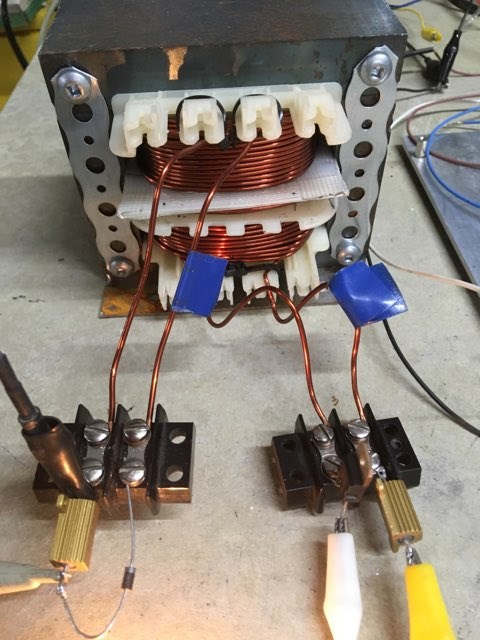
Transformer
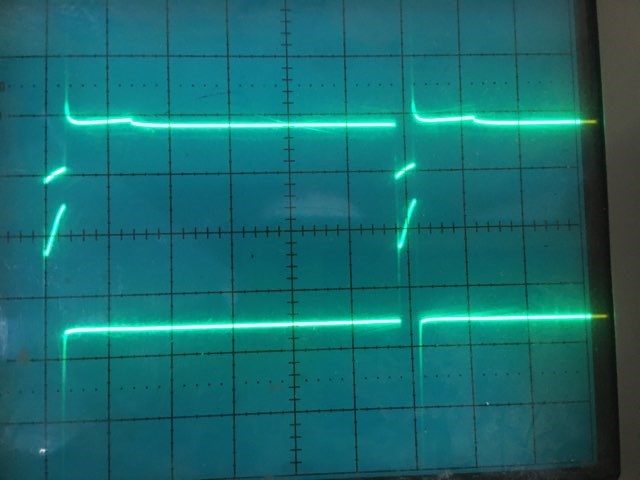
Input Voltage, Top, and input current
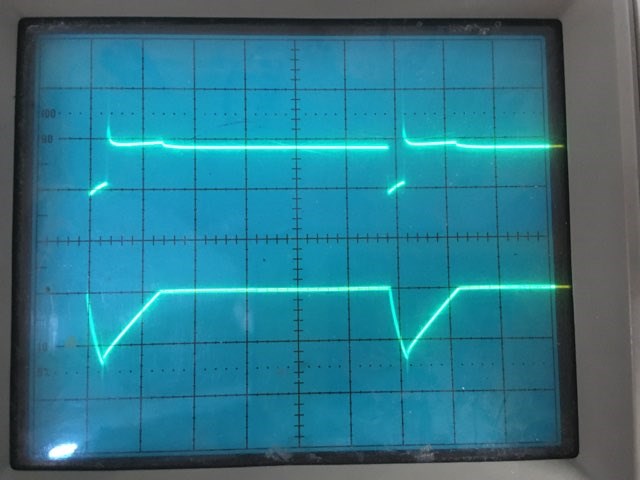
Input Voltage, top, and Lamp current
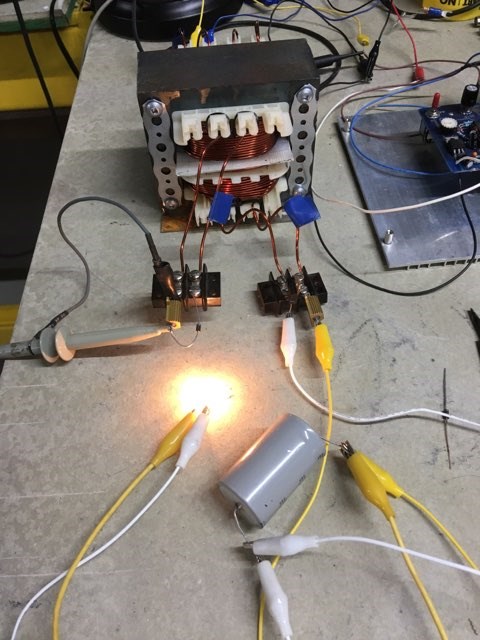
The Test setup
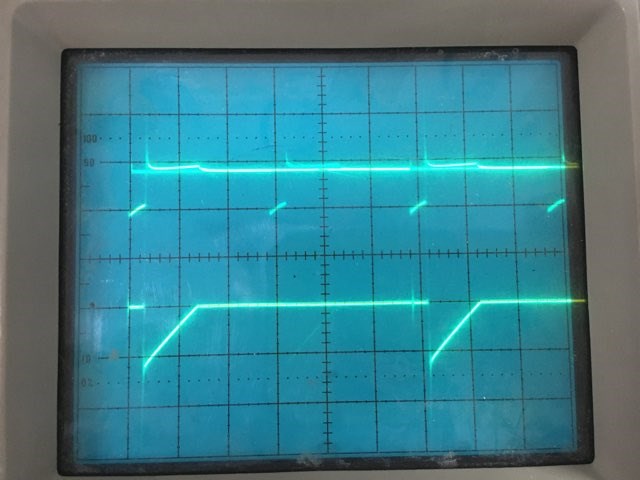
Input Voltage, Top, and Bucking Diode Current.
Any input is appreciated!
Donovan















